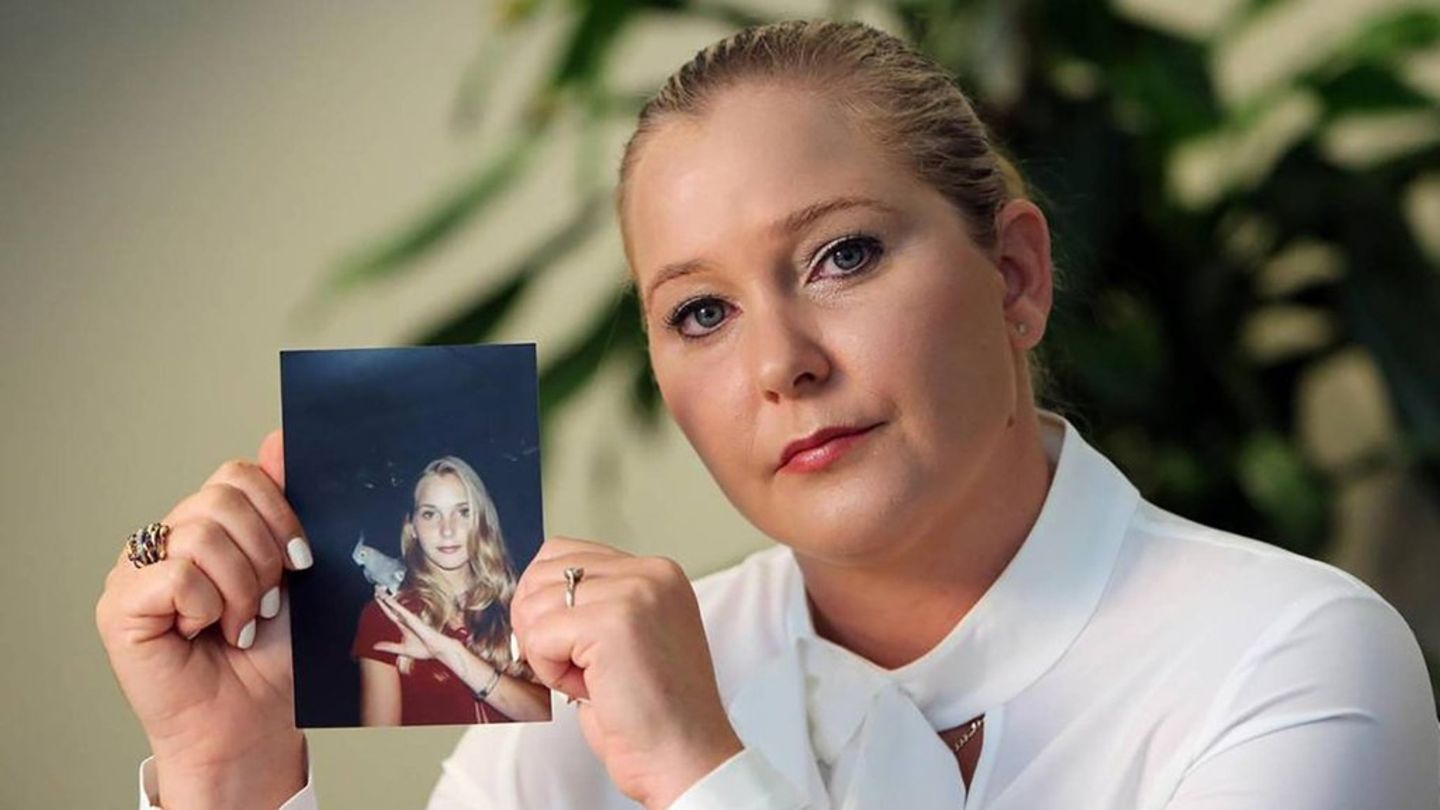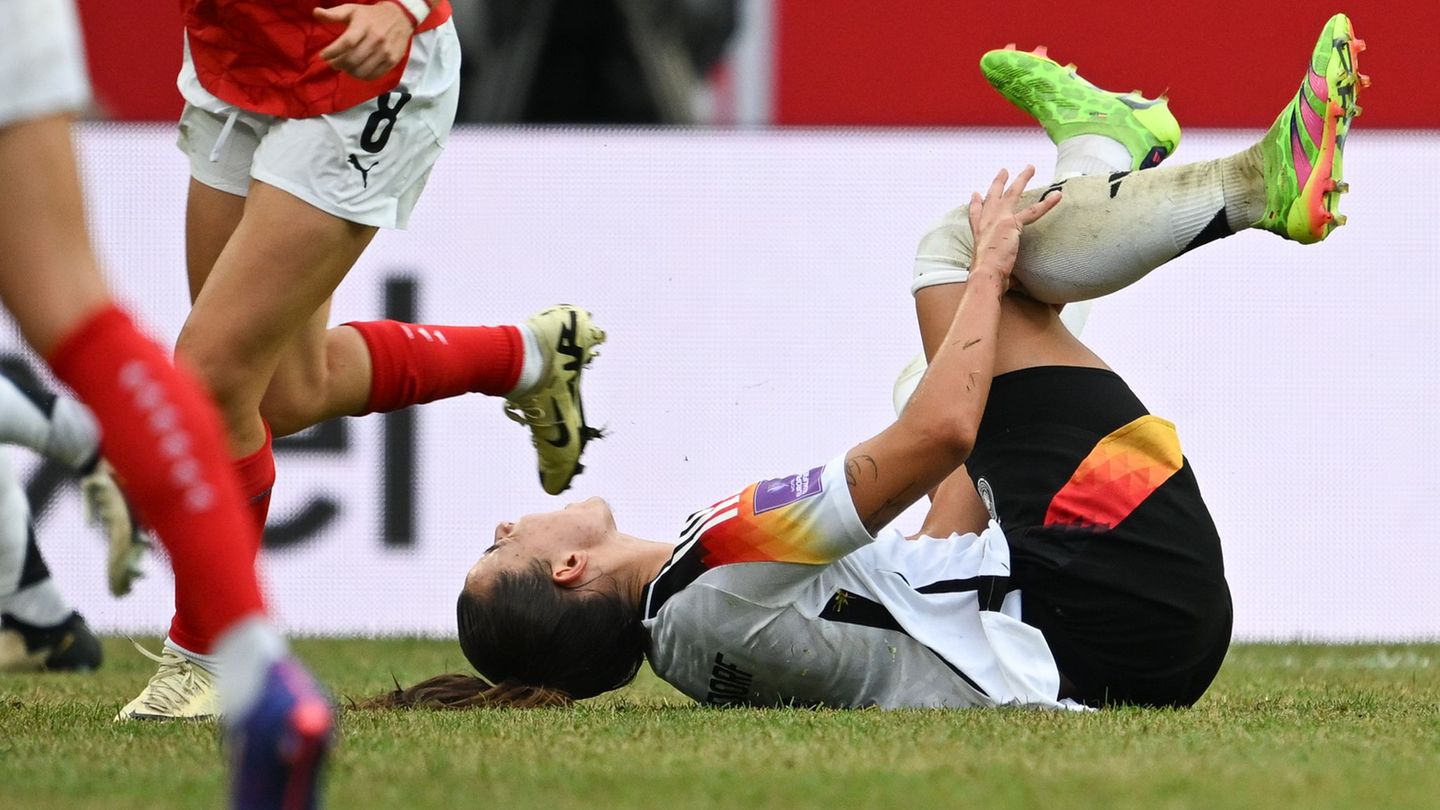The Federal Court of Justice (BGH) is considering submitting the case again to the European Court of Justice (ECJ). The dispute dates back decades.
It is an almost never-ending story about a two-second sequence of notes – and the legal dispute between the electropop pioneers from Kraftwerk and music producer Moses Pelham is likely to take another loop almost 20 years after the first verdict.
The Federal Court of Justice (BGH) today considered bringing the case back to the European Court of Justice (ECJ). The lawyers on both sides also thought it was necessary. “It’s about fundamentals,” said Pelham’s representative Matthias Siegmann.
The process raises fundamental questions about the relationship between artistic freedom and copyright protection, and the industry is following it with excitement. The Karlsruhe judges only wanted to decide on another day how to proceed. (Az. I ZR 74/22)
The crux of the matter is that Pelham slightly slows down a rhythm from the 1977 Kraftwerk track “Metall auf Metall” – essentially “bang-dänge-däng-däng” – essentially “Bang-dänge-däng-däng” – 20 years later and looped it endlessly under the song “Nur mir” with rapper Sabrina Setlur. Such a musical interpretation in a new context is called sampling. It’s common in rap and hip-hop.
Pelham, now 52, did not ask for permission. The Frankfurter came across the beat in a sound archive and was fascinated by the “musical coldness”. Kraftwerk co-founder Ralf Hütter, now 76 years old, felt robbed and complained.
Long litigation
It went through the instances, the Federal Constitutional Court and the ECJ have already dealt with it. The BGH is about to make its fifth decision on the case. The background is that since December 2002, copyright law has been standardized in the European Union.
The Higher Regional Court (OLG) Hamburg recently agreed with the plaintiffs that they can claim damages for a period of around 18.5 years. For the period after June 7, 2021, the court dismissed the lawsuit but allowed an appeal. It is precisely this period of time that the BGH is now dealing with.
At that time, an implementation of EU legislation into German law came into force, according to which published works for the purpose of caricature, parody and pastiche may be reproduced, distributed and publicly reproduced. The Higher Regional Court assumed that the duplication of the sound sequence from “metal on metal” and its transfer into an independent new work by means of sampling were permissible as pastiche according to this provision.
Pastiche difficult to define
Pastiches are imitations of an artist’s style or ideas. From a legal point of view, however, it is not that simple, as the presiding judge of the first civil senate at the BGH, Thomas Koch, made clear. There is a wide range of definitions in the literature. The term is not defined in EU legislation. In French law, humorous intent plays a role. “What a pastiche is is a big mystery,” says Koch.
However, the EU rules would have to be interpreted in accordance with general usage throughout the EU, and the German legislature had no room for manoeuvre. In this respect, the ECJ would probably have to clarify this. Hütter’s lawyer at the BGH, Peter Wassermann, also said: “The term is unclear, nebulous and dazzling.” To know what it is about, you have to look it up in a foreign dictionary or on Wikipedia.
Pelham’s rep Siegmann acknowledged that the sampling on “Nur mir” was not meant to be humorous. If such a component is crucial, it probably isn’t a pastiche, he said. You should take the time to clarify that – after all, the legal dispute is no longer so much about money and haste.
Source: Stern
I am an author and journalist who has worked in the entertainment industry for over a decade. I currently work as a news editor at a major news website, and my focus is on covering the latest trends in entertainment. I also write occasional pieces for other outlets, and have authored two books about the entertainment industry.




